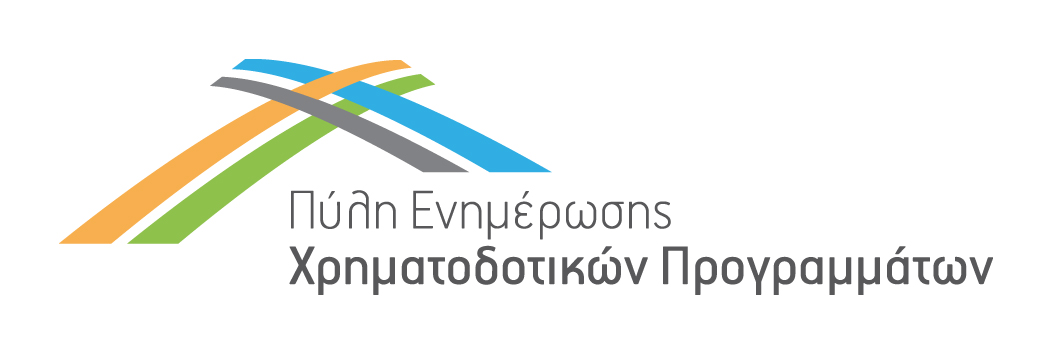Biodiversity, economics and finance: unlocking financial flows towards reversing of biodiversity loss
Programme Category
Programme Name
Programme Description
Horizon Europe is the European Union (EU) funding programme for the period 2021 – 2027, which targets the sectors of research and innovation. The programme’s budget is around € 95.5 billion, of which € 5.4 billion is from NextGenerationEU to stimulate recovery and strengthen the EU’s resilience in the future, and € 4.5 billion is additional aid.
Identifier Code
Call
Summary
Τhe successful proposal will help unlock financial flows needed for reversing biodiversity loss and help better implement the sustainable finance taxonomy, thus contributing to mainstream biodiversity, ecosystem services and natural capital in the society and economy and to build approaches for enabling transformative changes to face societal challenges, including through the deployment of nature-based solutions (NBS).
The EU sustainable finance taxonomy and other similar initiatives are underway with the aim to help guide investments towards more sustainable outcomes, in line with the objectives of the European Green Deal.
Detailed Call Description
The project(s) should:
- Co-identify, analyse, and explore solutions to address potential barriers and hurdles in the implementation of the Taxonomy Regulation, for example related to the interpretation and the collection of data for biodiversity relevant technical screening criteria. The project(s) could address the technical criteria ‘Substantially Contribute’ to climate change mitigation and adaptation while following the ‘Do No Significantly Does Harm’ in terms of the protection and restoration of biodiversity and ecosystem; as well as the criteria ‘Substantially Contribute’ to the protection and restoration of biodiversity and ecosystem, especially for activities related to land management, restoration of ecosystems and remediation;
- More particularly, identify for which criteria/sectors there are practical implementation barriers and gaps, for example through analysis of case studies, when collecting the remaining Research and Innovation gaps;
- Building on the existing community’s engagement in relevant Horizon 2020 and LIFE projects, engage the relevant stakeholders from the financial and biodiversity and NBS community involved in the implementation of the regulations in this analysis, and in the exploration and co-development of solutions in order to close the implementation gaps.
- Analyse the investment landscape in relation to protection and restoration of biodiversity and ecosystems, identifying best-practice case studies and evaluating the leverage potential of the EU taxonomy and its key success factors. Explore pathways for the future development of the taxonomy that could generate the most positive biodiversity outcomes;
- Provide the necessary guidance, training, and tools both for financial entities and for entrepreneurs engaged in “nature positive” activities, for the interpretation and collection of data of the technical screening criteria for determining whether an economic activity substantially contribute (SC) to one or more objectives, as set in the Regulation. It should also guide the interpretation of the technical screening criteria for determining whether an economic activity does significant harm (in relation to the DNSH principle) to the protection and restoration of biodiversity and ecosystems, as set in the Regulations. This should support compliance with related reporting and disclosure regulations;
- Identify potential skill gaps and propose a capacity building strategy to tackle them;
- Provide economic actors such as investors including Investment Fund Managers, corporates and financial institutions with tools, guidance, and methodologies to gather reliable, consistent and standardised data to enable incorporation of biodiversity considerations into their investment decisions and risk management processes.
Call Total Budget
Financing percentage by EU or other bodies / Level of Subsidy or Loan
100%
EU Contribution per project: €5,00 million
Thematic Categories
- Environment and Climate Change
- Research, Technological Development and Innovation
Eligibility for Participation
- Associations
- Central Government
- Educational Institutions
- Investment Funds
- Large Enterprises
- NGOs
- Non Profit Organisations
- Other Beneficiaries
- Researchers/Research Centers/Institutions
- Semi-governmental organisations
- State-owned Enterprises
- Training Centres
Eligibility For Participation Notes
Stakeholders –non-financial corporations, financial institutions, governments etc.
Engage the relevant stakeholders from the financial and biodiversity and NBS community involved in the implementation of the regulations in this analysis, and in the exploration and co-development of solutions in order to close the implementation gaps. This includes for example academics, regulatory bodies, financial institutions, civil society, industry and NGOs.
Call Opening Date
Call Closing Date
National Contact Point(s)
Research and Innovation Foundation
29a Andrea Michalakopoulou Street, 1075 Nicosia
T.Th. 23422, 1683 Nicosia
+357 22205000
Email: support@research.org.cy
Contact Persons:
Marcia Trillidou
Scientific Officer A’
Email: trillidou@research.org.cy
Dr. Mary Economou
Scientific Officer
Email: meconomou@research.org.cy
(Publish Date: 13/02/2023-for internal use only)
EU Contact Point
European Commission, Directorate-General for Research and Innovation
https://ec.europa.eu/info/departments/research-and-innovation_en#contact




